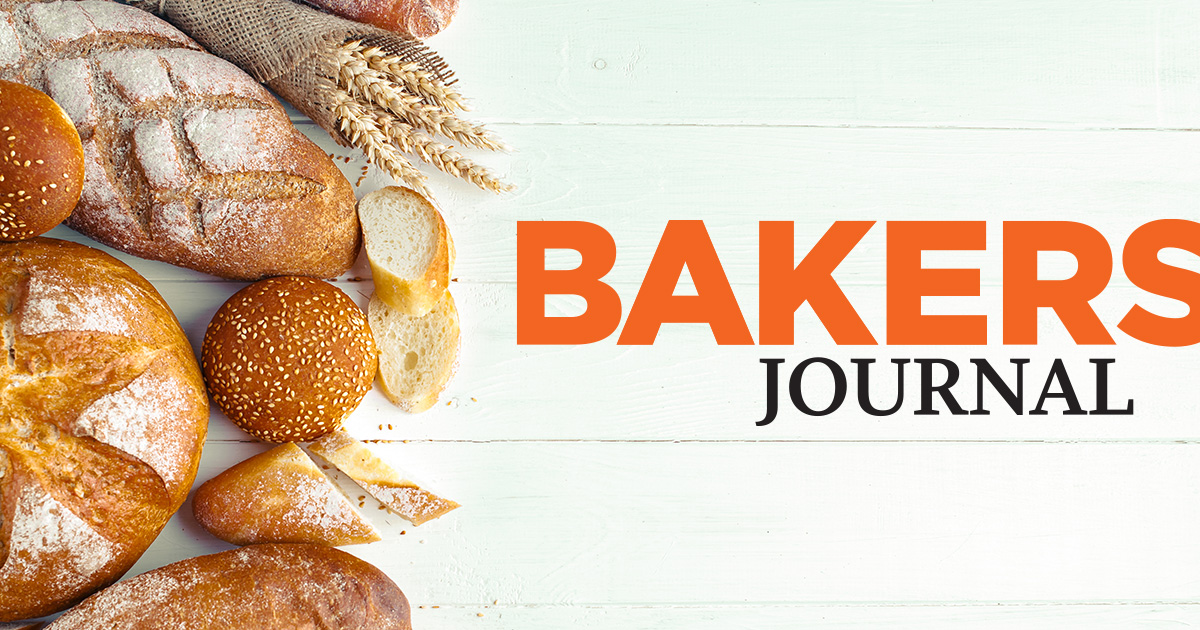
Best practices for managing cash flow at your bakery in a stressed economy
January 9, 2024
By Ellis Orlan, Fuller Landau
Learn about cash flow versus revenue, finding the source of negative cash flow at your bakery and more

Businesses of all sizes in the food and beverage industry are facing a complex and challenging environment that is creating unprecedented competitive pressure.
According to the 2023 FDD Food and Beverage Industry Report: Manufacturing margins under pressure, food and beverage manufacturing sales showed strong growth in 2022 (10.6 per cent to $156 billion) but are expected to grow modestly in 2023 (2.2 per cent). It attributes the slowdown to inflationary pressures that hit the Canadian economy in 2022 which led to significant increases in commodity prices. Supply chain interruptions and labour shortages also led to higher input costs and wage increases, while interest rate increases directly affected gross margins.

Photo: Fuller Landau
These combined factors have made it increasingly challenging for food and beverage businesses to generate and maintain a healthy cash flow. With little wiggle room to spare and no sign of an upswing in the foreseeable future, business owners need to be more vigilant than ever in their bookkeeping practices.
Understanding the balance between cash flow and revenue
Understanding how positive versus negative cash flow is instrumental in strategic planning and in your company’s ability to operate profitably, downsize, or expand. Positive cash flow will enable businesses to expand, invest in capital expenditures, and possibly engage in strategic acquisitions and new product development.
A business enjoying higher revenues, however, can also operate with a negative cash flow. There can be many reasons for this, from rising material costs and shortages to production shutdowns, to delinquent receivables.
Recent examples include the drastic drop in supply of essentials such as vanilla, stevia, and brewer’s yeast during the pandemic, and the escalating cost of sunflower oil and hydrocolloid production as a result of the conflict in Ukraine. By way of example, locust bean gum, a hydrocolloid used in dairy products, jumped to over $100 per kilogram versus $10 over two years.
Despite healthy revenues, a negative cash flow can inhibit or delay necessary capital expenditures required to modernize and streamline the business to compete. If left unchecked, it may ultimately lead to downsizing and eventual shutdowns.
It goes without saying that the combination of declining cash flow and revenue is a scenario that requires immediate attention.
Finding the source
The first step is to investigate the source of any negative cash flow, paying attention to areas such as management oversight, product profit margins, and an overall bottom-line review.
Relevant information in managing cash flow includes:
Supplier and other accounts payable payments: Are you paying suppliers in a timely fashion? Keeping pace with your payables will avoid late payment fees, as well as place you in a favourable position with your suppliers should you need to negotiate terms or establish priority delivery status when you need to.
Accounts receivable: At a time of shrinking margins, no business can afford to allow receivables to linger longer than needed. Pursue any accounts that are overdue and take the necessary steps to recoup the payments. This would be an ideal tim to assess the profitability of the clients you have and their payment track record to determine if you need to make adjustments.
Purchasing practices: Be strategic when acquiring goods and services. Keep a close eye on material costs and changes in foreign exchange rates. When rates are favourable, or the cost of certain goods is experiencing a stable period, it may be possible to execute purchases under those conditions to avoid increasing costs to your customers and risk losing their business. Also, monitor your capital expenditures and ongoing business expenses closely and pinpoint areas where you can reduce costs.
Profitability expectations and cash flow projections. Take into account factors such as inflation and foreign exchange, with a view to maintaining your customer base and a positive cash flow. A volatile economy can make it difficult to hold on to your customers. While some loyal customers may be able to tolerate some price increases, understand that some may not. A declining customer base combined with a negative cash flow is a recipe for disaster, so striking the right balance is key. Be prepared to readjust and make the necessary pivots when circumstances call for change.
Production: Stay on top of production processes to ensure they do not negatively impact cash flow. A delayed shipment of an ingredient for example will lead to missed deadlines and potential spoiled inventory. A defective product sent to a customer can incur significant costs – particularly in the case of a product recall which can cost millions in the way of direct costs, reverse logistics, storage, destruction, additional labour costs, and legal fees. Equipment downtime could jeopardize delivery schedules, compromise important deadlines, and lead to a loss of customers. For example, a 2021 Processing Magazine article estimates that unplanned downtime can cost a food processing facility up to $30,000 per hour. Risk reducing solutions may include diversifying your supplier base or technology upgrades to improve equipment monitoring and control.
Financial reporting and invoicing: Today’s advanced software systems allow businesses to automate the sending of invoicing and managing late payments more efficiently while providing up-to-the-minute oversight of all financial transactions and the financial health of the business. With the right bookkeeping tools, management can adjust cash flow projections in a nimble and effective manner and pivot, if necessary, directly impacting the success and viability of their business.
The case for accurate bookkeeping
Accurate bookkeeping underlies all aspects of financial transactions, from forecasting and costing to cash flow projections and business-investment related decisions (for example, expansion, downsizing, financing, etc.). As such, it directly impacts any food and beverage business’ ability to manage and project cash flow and make informed and timely decisions, while ensuring regulatory compliance.
Ellis Orlan is a partner in Fuller Landau’s Outsourced Business Services group. He can be reached at 416-645-6568 or eorlan@fullerllp.com.
Print this page
Leave a Reply